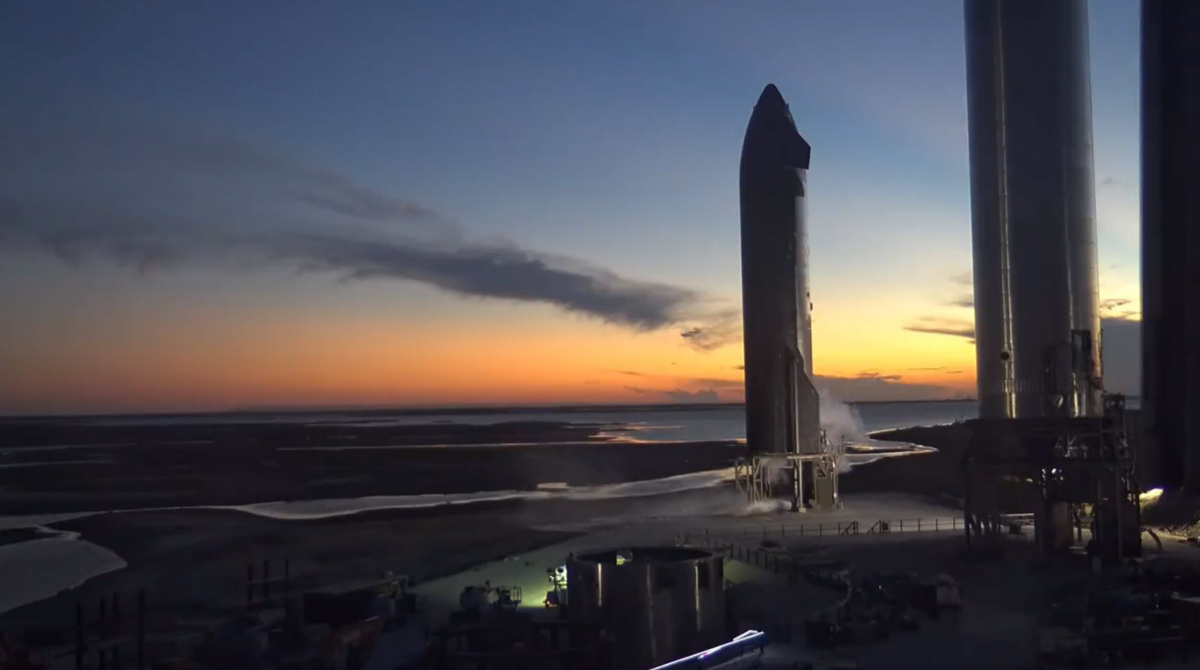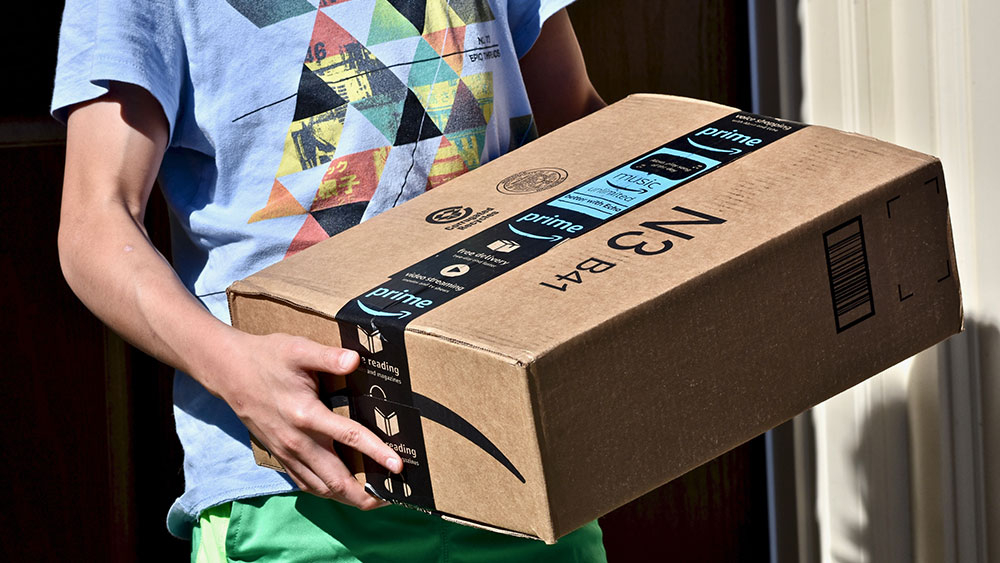2022 could be a record year
With an increase in its launches of almost 50 percent, SpaceX is heading towards its strongest year to date. The space company is expected to carry out 36 instead of 24 missions. The colleagues from Inverse have developed a schedule based on sources such as Nextspaceflight and Spaceflightnow that suggests at least 36 launches. This does not even include the rockets that launch other Starlink satellites into space for the orbital broadband internet belt.
Contents
SpaceX delivers a quarter of all launches
This would mean that SpaceX would break its previous record from 2020. In the first corona year, the company started 26 missions. That doesn’t sound like much at first. But if we consider that last year only 104 rockets successfully reached space worldwide, that means that SpaceX was responsible for a quarter of the world’s orbital flights in 2020.
SpaceX boss Elon Musk announced on Twitter in October 2020 that his goal for 2021 would be the successful start of 48 missions. With the now known starts for 2022, Musk could at least get significantly closer to this goal.
The planned number could be achieved primarily through the planned regular Starlink launches from Florida and California. At the beginning of November, Musk had announced that the next phase of the Starlink launches should enable better communication on the world’s oceans by mid-2022.
These are the missions with the highest prestige factor:
Mission IM-1: SpaceX will bring a lander to the moon for NASA. SpaceX is also expected to launch the cryptocurrency-funded DOGE-1 satellite into space.
In the secret mission USSF-44 for the United States Space Force, SpaceX will place two satellites in geosynchronous orbit.
The also secret mission NROL-87 is scheduled to start in February from Vandenberg Space Force Base in the US state of California. Another manned mission is due at the end of February. The Axiom-1 mission will bring four crew members to the International Space Station in the Crew Dragon capsule.
In March, SpaceX is expected to launch two observation satellites on two Falcon 9 rockets. Also in March, several rideshare missions are on the program to bring small satellites into orbit.
In the second quarter, an as yet unknown payload for the United States Space Force is to be launched. Subsequently, a Falcon Heavy is supposed to bring a geostationary satellite almost to its final position. Another will follow in April.
Another Crew Dragon mission is scheduled for April. Again four astronauts are brought to the ISS. A replenishment mission will follow in May to bring technology and supplies to the ISS. The first of three partial deliveries for the six planned solar systems on the ISS will be on board. These are said to be the heaviest pressureless payloads ever launched with a SpaceX capsule.
In the middle of the year, SpaceX plans to sacrifice a Falcon 9 rocket in a mission to put three broadband satellites into medium-earth orbit. The fuel is to be used entirely in space in order to bring the satellites as close as possible to their final position.
The second half of the year begins with another secret mission for the US military and a deployment of a geostationary satellite. The second half of the year is generally dominated by satellite launches. SpaceX is also flying for South Korea and will put the Korea Pathfinder Lunar Orbiter into orbit around the moon in August.
In the same month, an orbiter is launched to visit an asteroid in the belt between Mars and Jupiter. NASA estimates that it could be the remains of an ancient planet. In September, SpaceX will deliver the rest of the materials for the ISS solar panels and put satellites into orbit for a defense system that enables ballistic missile tracking.
A manned mission for Axiom Space is scheduled to start in spring and autumn. The mission is expected to lead to the ISS. In October, SpaceX will fly four astronauts to the ISS again. In the last quarter, Russia could let SpaceX fly cosmonauts into space for the first time.
Dmitry Rogozin, General Director of the Russian space agency Roscosmos, said in October that “we believe SpaceX has already gained enough experience to transport our cosmonauts aboard Crew Dragon”.
The shot mission, which will start in November, is a collaboration between NASA, the French Center National d’Etudes Spatial and the British space agency. She will carry out a global survey of the earth’s surface water. The first orbital test flight of the Starship, SpaceX’s giant rocket, can also be expected in the coming year.



